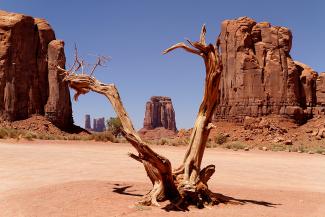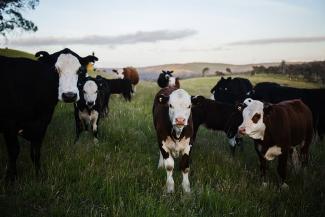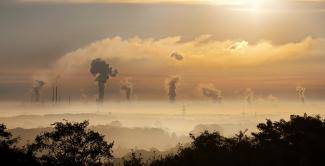Disparity, Disease, and Drinking Water: COVID-19 and Safe Drinking Water Access in Indian Country

Pandemics are global in nature, but their impacts are anything but uniform. COVID-19 is exposing substantial inequities, including disproportionate health and economic consequences for minorities. From medical care to broadband, different demographics have vastly different access to critical resources in a widespread crisis. Indian country is especially hard hit by coronavirus. It is the locus where matters of public health, Indigenous sovereignty, and environmental justice collide. Access to clean, safe, and affordable water offers a particularly stark example. Without water, even following the common sense admonition to frequently wash one’s hands becomes an insurmountable challenge.








